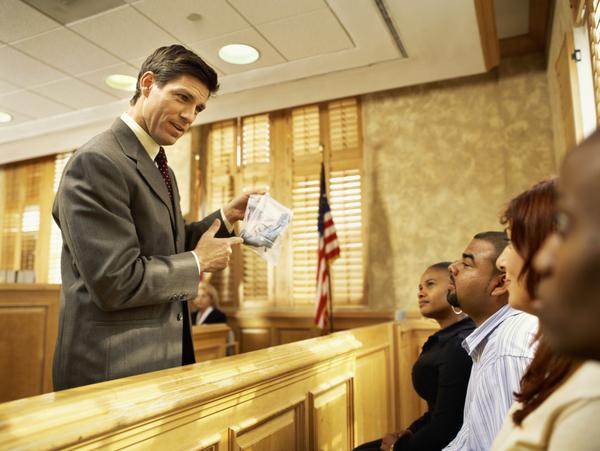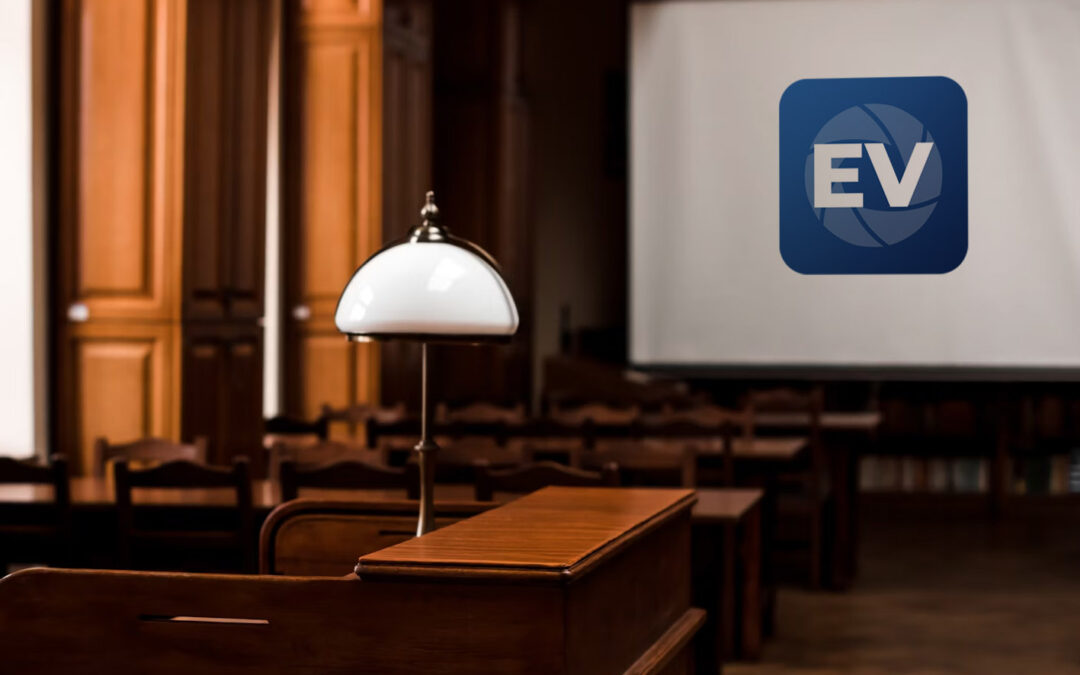Graphics in trial presentations help simplify legal arguments.
Graphics in trial presentations help simplify legal arguments.
Blog Article
Discover the Relevance of Trial Presentations for Successful Lawful Results
In the world of litigation, the effectiveness of test discussions can usually be the crucial consider protecting beneficial lawful results. By translating complex legal disagreements right into engaging narratives, attorneys can enhance juror comprehension and involvement. Moreover, the tactical use visual help and structured storytelling not only help in retention yet also forms the jury's understanding of the situation. As we explore the important elements of impactful trial presentations, one must take into consideration how these components link to influence the final verdict. What methods can really boost a discussion from common to remarkable?
Comprehending Trial Discussions
Recognizing test discussions is vital for lawyers looking for to successfully communicate their disagreements and proof to a jury. A test presentation acts as a crucial device in the court, transforming intricate legal principles and situation details into a coherent story that jurors can easily comprehend. Lawful professionals need to identify that jurors are commonly laypeople, unknown with lawful lingo and step-by-step details. The capability to distill details right into clear and compelling visuals, together with oral debates, considerably enhances the chances of favorable results.
Additionally, the structure and shipment of a test presentation can affect juror understandings and decision-making. Effective presentations use a combination of narration, visuals, and persuasive strategies to engage jurors and maintain their focus throughout the test. This calls for precise preparation and prep work, as each component needs to line up with the situation technique and purposes.
In enhancement, understanding the emotional aspects of juror habits is important in crafting an effective test discussion. Lawful specialists have to take into consideration just how jurors translate info, react to psychological charms, and type predispositions. By resolving these factors, attorneys can create presentations that reverberate with jurors, eventually helping in the search of justice.
Key Components of Effective Discussions
Effective test presentations hinge on a number of crucial elements that jointly enhance their effectiveness. First and primary, quality is necessary; lawful debates have to be expressed in a simple fashion, avoiding lingo that could puzzle the court. Speakers must structure their debates logically, leading the target market through the narrative in a coherent series.

Visual aids also play a crucial role in reliable discussions. Well-designed slides, charts, and graphics can help boil down intricate info and strengthen essential factors, making them extra remarkable. Additionally, the usage of storytelling methods can engage the jury mentally, creating a link that transcends plain truths.
An additional vital component is the speaker's shipment design. Self-confidence, enthusiasm, and proper body movement can considerably impact exactly how the message is gotten. Exercising effective eye contact and vocal variation maintains the jury alert and spent in the presentation.

Influence On Jury Assumption
The impact of trial presentations on court perception is profound, as the way info is conveyed can dramatically affect jurors' interpretations and decisions. Jurors are charged with analyzing complex information and making decisions based on evidence offered during the test. Effective discussions that use clear visuals, compelling narratives, and organized material can improve jurors' understanding and retention of essential facts.
Furthermore, the psychological tone and delivery of the presentation play an important function fit jurors' mindsets. Discussions that resonate emotionally can create empathy and link, persuading jurors towards the lawyer's viewpoint. Conversely, an inadequately structured or overly technological discussion can cause confusion and disengagement, resulting visit our website in negative perceptions of the case.
In addition, jurors typically rely on non-verbal signs, such as body language and eye get in touch with, which can influence their count on the presenter - trial presentations. Consequently, lawyers have to be acutely mindful of how their discussion design can either reinforce or weaken their debates. In recap, well-executed test presentations are crucial for directing court assumption and inevitably affecting the outcome of legal proceedings
Methods for Involving Storytelling
Crafting an engaging narrative is important for engaging storytelling in the court. An efficient story should resonate with jurors on an emotional degree while clearly describing the facts of the instance. Begin by developing a solid main style that encapsulates the significance of the disagreement. This style functions as a guiding thread throughout the presentation, assisting jurors make links and maintain information.
Utilizing character growth is crucial; humanizing the parties included permits jurors to empathize with their experiences. Present vital numbers early, providing context and background to make them relatable. Furthermore, employing a clear structure-- beginning with an interesting introduction, followed by a well-organized body, and wrapping up with an effective resolution-- guarantees the narrative circulations logically and maintains juror rate of interest.
Incorporating brilliant images and descriptive language can better boost the story, developing mental images that make the truths more unforgettable. The usage of ornate questions can prompt thought and reflection, triggering jurors to actively engage with the story. By utilizing these strategies, attorneys can produce narratives that reverberate deeply, inevitably influencing the court's decision-making process.
Enhancing Proof With Visual Help
While presenting evidence in a trial, the integration of aesthetic help can Related Site substantially boost comprehension and retention amongst jurors. Aesthetic help, such as charts, graphs, pictures, and videos, serve to clear up complex information and produce a much more interesting story. By highlighting bottom lines, these tools assist jurors to attract connections between proof and the instance's overarching themes.
Additionally, visual aids can simplify elaborate details that might or else overwhelm or confuse the jury. For instance, a timeline can successfully display the series of occasions, while a representation can illustrate partnerships or interactions between celebrations associated with the situation. This clarity promotes greater understanding and facilitates informed consideration.
The tactical use of aesthetic aids likewise use the aesthetic discovering preferences of several jurors, making today proof a lot more relatable and memorable. When jurors can envision truths, they are more most likely to maintain essential info, leading to better-informed judgments.
Eventually, efficient trial presentations that include visual help not just enhance the instance however additionally empower jurors to involve actively in the judicial procedure, promoting more fair legal end results. In recap, improving proof with visual help is an essential method for successful trial presentations.

Verdict
In recap, test discussions offer a crucial function in the lawful procedure by equating intricate legal arguments check that right into relatable narratives for juries. Efficient presentations, characterized by structured storytelling and aesthetic aids, dramatically enhance juror understanding and retention of information. By affecting court understanding, well-crafted presentations eventually contribute to extra favorable lawful outcomes. The critical use these techniques underscores the value of trial discussions in the quest of justice and effective advocacy within the court room.
Report this page